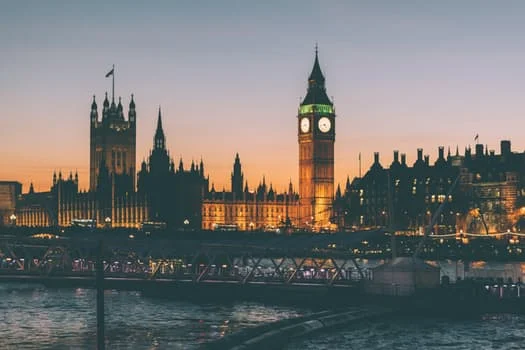It would be a brave person to predict the outcome of Thursday’s election.
Not because of the flux in the campaign, although the impact of May’s wobble or the horror of terrorism in Manchester and London are still difficult to discern.
It’s more because there isn’t one UK electoral battle taking place. Despite the best efforts of the Party leaders, there’s not just one single issue at stake nor likely to be a single uniform swing that will work in the same way across the whole country.
Instead there are a number of cross-cutting fights underway, affecting voters differently in clusters of constituencies. Some are driven by demographics like age and ethnicity, others down to national identity and issues like the NHS and security.
It’s likely these clusters will deliver differentiated results, meaning a party could do well in some and poorly in others, which makes interpreting the results early on Friday morning a tricky task.
Here’s the six areas I think are most interesting to watch and why.
London – the first is in London. London is unlike the rest of the UK, being typically a younger population, more ethnically diverse and more Remain-leaning. London may well provide some good news for Labour, although the party already holds three-fifths of London seats. The Lib Dems may also benefit from the more pro-EU mindset, meaning London might offer less for the Tories on Thursday.
The South West – the set of seats from Wiltshire to Cornwall include a large number of Tory / Lib Dem fights. Traditionally these areas have provided some easy pickings for the Lib Dems during periods of Conservative government and if they are to recover from their 2015 low, they need to be ‘winning here’. However, many of them are also strongly Leave-voting areas, particularly in Devon and Cornwall, with older and more affluent than average voters. Tim Farron may well have his work cut out in these areas.
Scotland – the politics of Scotland have been transformed in the past decade with the SNP surge and collapse of Labour and the Conservatives. The election north of the border is being driven by a complex mix of patriotism, support for the EU and opposition to another Scottish referendum. Expect the SNP to remain dominant, albeit with the Conservatives likely to emerge as a much stronger pro-union voice.
West Midlands – this is often where British elections are won and lost, with lots of marginal constituencies fought over by Labour and the Conservatives. The region has a large ethnic minority vote, one of the UK’s largest manufacturing bases, lots of C1 and C2 voters and also some of the highest Leave-voting areas in the country. It’s a complex picture but Labour needs to hold on here if it is to have any chance of stemming the Tory tide.
The Pennine Belt – the constituencies that cut cross the Yorkshire/Lancashire border include a number of battleground seats that regularly change hands in elections. Once the Liberal heartland of England, they moved to Labour under Blair, swung behind Leave in the referendum and now face a determined challenge from the Tories. If Corbyn is going to struggle on Thursday, May will sweep up many of these seats, in the face of a collapse from UKIP.
The East Coast – the seats running down the east coast of England, from Northumberland to the Wash are hugely varied in economic and social make-up. What unites them is a less ethnically diverse population and a higher than average number of Leave voters. In the north, these seats have traditionally been held by Labour, while those at the southern end are more Conservative. UKIP once aspired to win in these areas. For May to win big, she needs to hang on to the seats already blue and make gains in Labour’s working-class heartlands.


